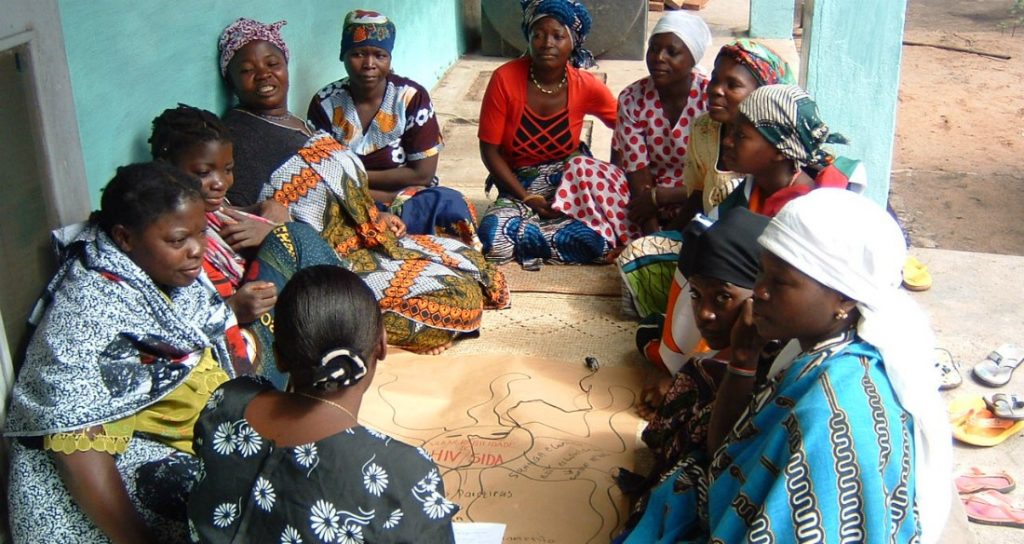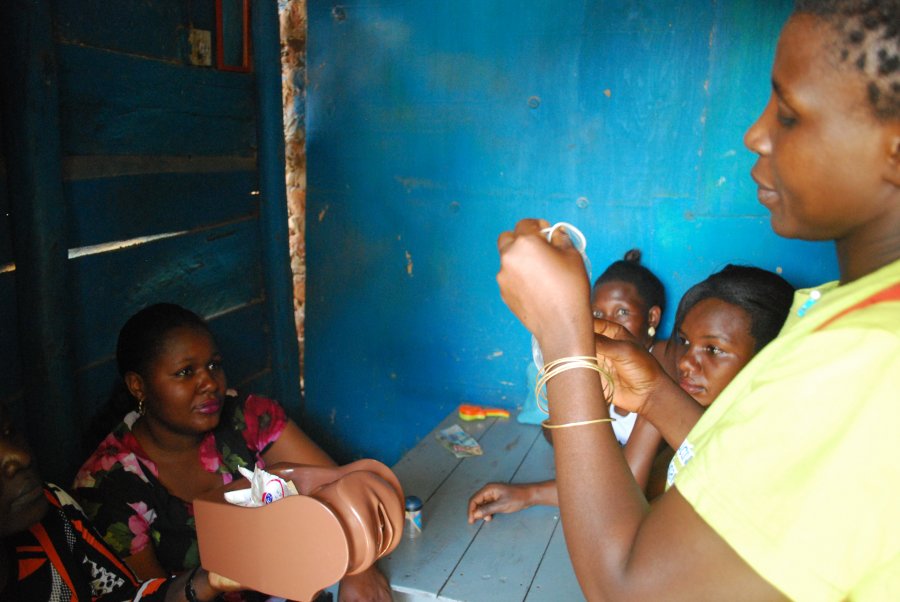Today’s blog is very topical because LSHTM doctoral researcher and DEPTH member Shelly Makleff has been attending the SVRI Forum 2019 in Cape Town this week to present a co-produced project by LSHTM, IPPF/WHR and Mexfam that highlights the potential of sexuality education as a strategy for preventing partner violence. DEPTH director Professor Cicely Marston is co-PI. Her presentation is entitled “Preventing intimate partner violence among young people – a qualitative study examining the role of comprehensive sexuality education”. Now let’s hear a little more about the project…

We wanted to know if sexuality education can help prevent partner violence. The London School of Hygiene and Tropical Medicine (LSHTM) partnered with IPPF/WHR in New York and Mexfam in Mexico City to try to find out. We have promising results that we’ve begun to publish. Below we share some of our key findings.
![]() Mexfam taught a 20-hour course to high school students on a weekly basis for one semester. We evaluated this course through a longitudinal study with nearly 300 students. Using observation, surveys, interviews, and focus groups, we found four main ways in which sexuality education seems to contribute to intimate partner violence prevention and response.
Mexfam taught a 20-hour course to high school students on a weekly basis for one semester. We evaluated this course through a longitudinal study with nearly 300 students. Using observation, surveys, interviews, and focus groups, we found four main ways in which sexuality education seems to contribute to intimate partner violence prevention and response.
First, encouraging critical reflection. The course provided a space to share experiences and debate beliefs about violence. For example, questioning whether jealousy and possessive behavior were signs of love, or rather, forms of violence. One young woman said:
The health educator made it very clear to us that if your partner really loved you, they would accept you as you are. They wouldn’t be telling you ‘don’t dress that way’ or ‘I don’t want you to talk to him.’ That is a type of violence.”
Participants also said the course helped them rethink gender norms. One young man told us:
My classmate said that the man has to work, and the woman should stay in the house. It made me think. I think you need to give freedom to both people in a relationship.
Second, building assertive communication. Participants said they became more comfortable talking about relationships and sexuality as the course progressed. They also shared the information from the course with friends and family, intervened in violence around them, and some left possessive relationships.
Third, promoting care-seeking behavior. Health educators emphasized the right of young people to receive care, and provided information, support and referrals. Students told us they felt more prepared to seek care if it became necessary. Indeed, the percent of participants who knew where to seek support for violence more than doubled over the semester.
Fourth, ongoing training and support to health educators. This is crucial so they are prepared to address conflict in the group, encourage critical reflection, and create a safe space for discussion.

Based on the three-year project in Mexico, we have recommendations for implementation and policy that can be found in our briefing paper. Here are some highlights:
-
First, communication with participants can continue after an intervention ends, to encourage access to support and care in the long term.
-
Second, sexuality education should engage teaching methods and participatory activities relevant to participants’ lives.
-
Third, such courses should aim to shift gender norms, avoid heteronormative bias, and highlight forms of non-violent behavior.
-
Finally, school authorities should formally support such interventions and ensure that teachers and other staff are trained to address school-based violence.

In conclusion, we suggest that relatively short-term sexuality education has real potential to help prevent intimate partner violence. The findings reinforce the importance of working in schools – which are strategic both as settings for violence and for its prevention.
You can read more about our findings here:
Makleff S, Garduño J, Zavala RI, Barindelli F, Valades J, Billowitz M, Silva Márquez VI, Marston C. “Preventing intimate partner violence among young people – a qualitative study examining the role of comprehensive sexuality education.” Sexuality Research and Social Policy (2019). https://doi.org/10.1007/s13178-019-00389-x
Briefing paper: “Preventing intimate partner violence among young people– The role of comprehensive sexuality education.” Advancing Learning and Innovation on Gender Norms (ALIGN) (2019).
Stay tuned for further academic papers and a series of three policy briefs, the first of which can be found here: https://www.ippfwhr.org/wp-content/uploads/2019/10/policybrief.pdf
 You can also follow Shelly on her new Twitter account, and check out our ongoing DEPTH research on Twitter.
You can also follow Shelly on her new Twitter account, and check out our ongoing DEPTH research on Twitter.
What do you think? Thoughts, questions – and answers – are, as ever, welcomed in the comments section below this blog.




 This post was first published online at
This post was first published online at